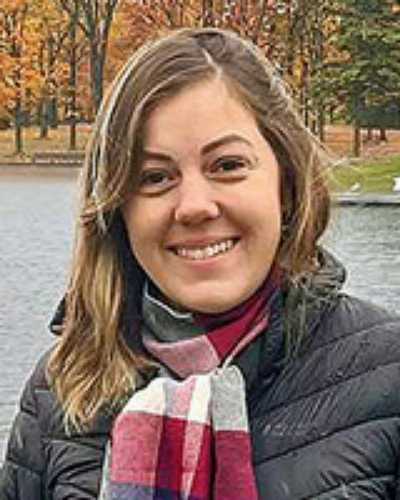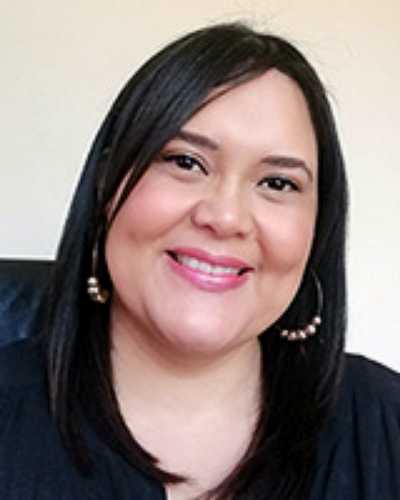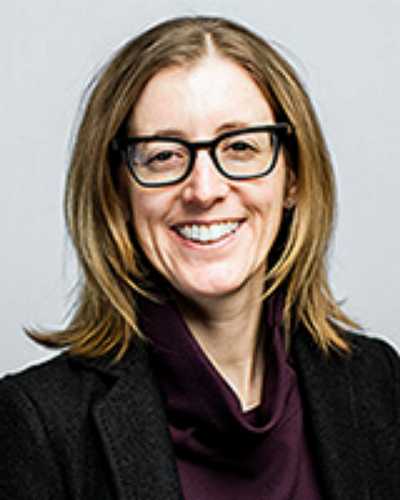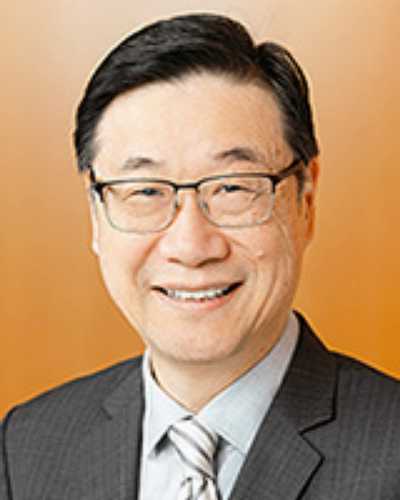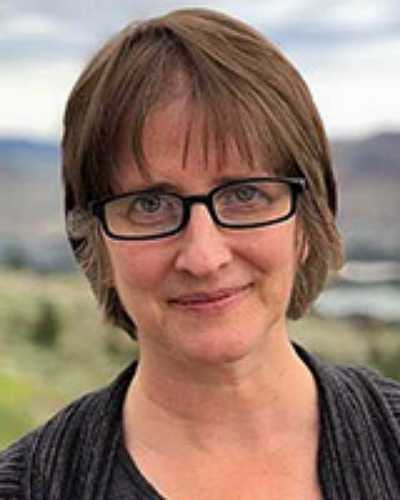Now published, see the full article
early abstract:
Introduction: Relationships are the core of Indigenous peoples' spiritual and cultural identity, and therapeutic relationships are an integral part of the physical rehabilitation process, directly influencing health outcomes. However, participating in therapeutic relationships can be difficult for First Nations People, particularly in the virtual landscape. There is limited understanding of First Nations People’s perspectives on this issue, which is crucial to developing culturally safe and effective telehealth physiotherapy programs. Therefore, the purpose of this study is to explore the perspectives of First Nations People from British Columbia, Canada, on telehealth physiotherapy, with an emphasis on the virtual therapeutic relationship.
Methods: A narrative qualitative study which utilised one-on-one, semi-structured interviews were conducted with nineteen First Nations adults from remote and rural First Nation communities in north-central British Columbia, Canada. Interviews were recorded, transcribed verbatim, and analysed using an inductive approach to reflexive thematic analysis.
Results: Three themes emerged from data analysis. ‘Therapist’s attitude and rapport’ captured participants’ perceptions of what matters the most in how physiotherapists relate to First Nation People and carry out their work. ‘Remote nature of virtual care’ encompassed the main challenges of virtual care visits, particularly how these were perceived to impact establishing and maintaining solid therapeutic relationships. ‘Fostering culturally appropriate and safe telehealth physiotherapy’ focuses on what is needed to advance telehealth physiotherapy in a manner that respects and reflects First Nations cultures, equipping all involved parties to provide comprehensive and sensitive services. Our findings advocate for a hybrid model that combines in-person and telehealth visits to address communication barriers and the absence of physical interaction. Bridging the digital health literacy gap through training and collaboration with local support staff is crucial (as it is to bridge the possible cultural literary gap of therapists), and the incorporation of cultural elements holds promise for enhancing the engagement and effectiveness of telehealth services in these communities.
Conclusion: The pursuit of equitable healthcare for First Nations communities demands not only increased access but also a thoughtful, culturally safe, trauma-informed, and holistic approach. This approach must be tailored to the unique needs of First Nations people, emphasizing the integration of cultural elements and community support. A hybrid model combining in-person and telehealth visits is recommended to address logistical challenges and enhance the therapeutic relationship, ensuring that care is both effective and respectful of cultural values and practices.
Keywords: First Nations People, Indigenous health, physiotherapy, qualitative, telerehabilitation, telehealth, therapeutic alliance, therapeutic relationships, virtual care.
